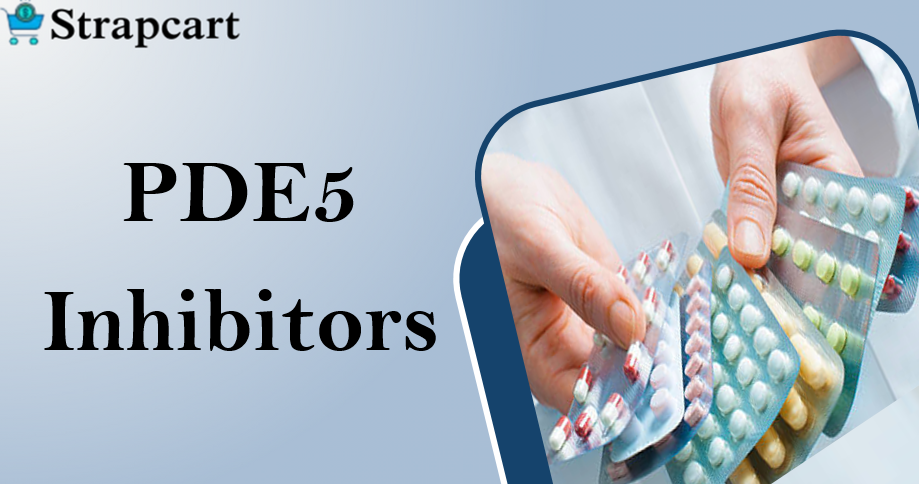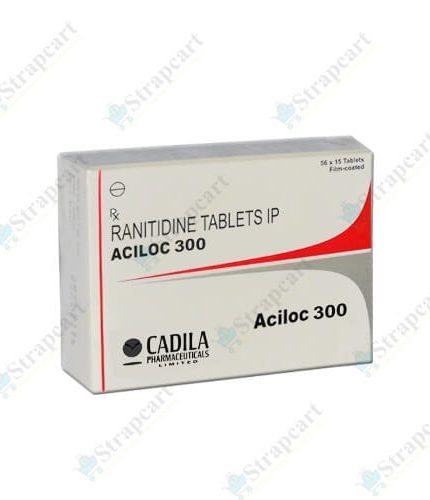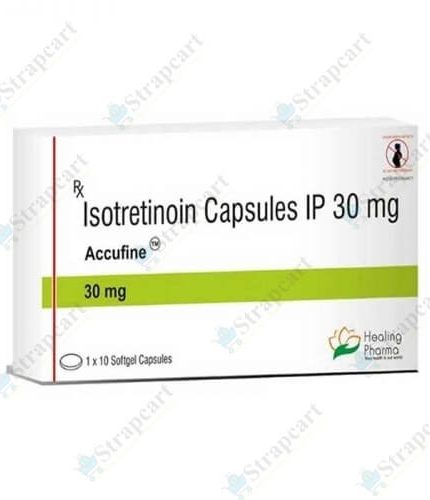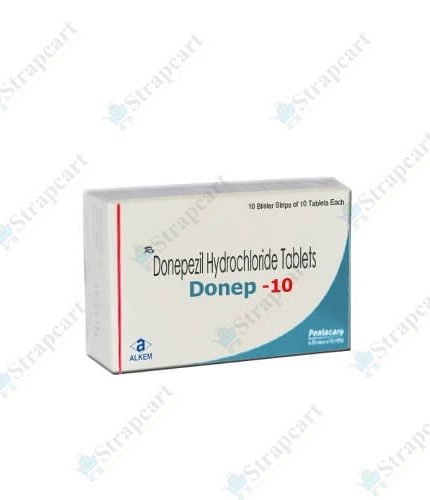You may be familiar with PDE5 inhibitors if you have done any internet research on erectile dysfunction (ED) treatment.
PDE5 inhibitors are medications that enhance blood flow to certain regions, such as the penis. Today, they are most frequently used to treat erectile dysfunction, even though their primary purpose was to treat cardiovascular diseases.
Typical PDE5 inhibitors that are currently on the market include
Viagra (Sildenafil)
Cialis (Tadalafil)
Levitra (Vardenafil)
Stendra (Avanafil)
What PDE5 inhibitors are, how they function, and how you might be able to use them to treat erectile dysfunction are all covered below. Additionally, we have covered some crucial PDE5 inhibitor-related subjects, starting with adverse effects.
PDE5 inhibitors: what are they?
PDE5 inhibitors, also known as phosphodiesterase type 5 inhibitors, are medications that block the actions of cGMP-specific phosphodiesterase type 5, an enzyme responsible for controlling blood flow to the penis and other body parts. These drugs help men achieve and sustain an erection when sexually stimulated by blocking PDE5. Initially, PDE5 inhibitors were used to treat cardiovascular conditions such as hypertension (high blood pressure) and angina.
Background information about PDE5 inhibitors:
PDE5 inhibitors’ primary use was demonstrated in the 1990s when sildenafil was promoted as a successful treatment for erectile dysfunction due to its vasodilator qualities, which improved blood flow in the corpora cavernosa. Hypotension and cardiovascular breakdown were major side effects of using nearby nitrates, even though they were generally safe and generally suffered (aftereffects of migraine, dyspepsia, and flushing were typically known about sound adults similarly as diabetics and patients with cardiovascular ailment).
No synergism note with other subject matter experts on antihypertensive medications was found. PDE5 inhibitors have been used to treat Reynaud’s miracle (RP) and aspiratory blood vessel hypertension for the present and the foreseeable future. New applications against fibrotic experts in interstitial lung infection are also being explored.
These days, phosphodiesterase catalyst type 5 inhibitors are frequently used as a treatment for erectile dysfunction in men due to their sustained relaxation development on the corpus convensoum’s smooth muscles. With consideration for the limit of over-flagging, this class of blends was initially developed to treat angina pectoris. The process started with nitric oxide (NO) and was followed by cGMP flagging. PDE5 inhibitors were not viewed as a great improvement over commonly used nitrates since the clinical effects were not as encouraging as initially stated by early considerations.
In any event, it was believed that the enhanced NO/c GMP pathway, which was achieved by restricting the use of PDE5 inhibitors, had clinical significance for the treatment of various cardiovascular conditions, such as chronic heart failure (CHF). This review focuses on their clinical relevance to CHF.
Penile erections were among the negative effects reported by patients receiving USA 92,480, the leading PDE5 inhibitor, during clinical studies in the mid-1990s. At first, the experts who tested US 92,480 (now known as Sildenafil or Viagra) thought this was not very important. However, in the long run, the trials’ focus shifted from treatments like angina and hypertension to the use of PDE5 inhibitors to treat erectile dysfunction (ED).
Many men in the United States and many more other countries use PDE5 inhibitors, including sildenafil and others. It’s important to remember that PDE5 inhibitors are not medications used to treat other forms of sexual dysfunction, such as early ejaculation. We definitely recommend bouncing over to our premature ejaculation management if that is the reason you are here.
How PDE5 inhibitors function:
PDE5 inhibitors function by obstructing the actions of the cGMP-specific phosphodiesterase type 5 (PDE5) enzyme.
Cyclic guanosine monophosphate, or cGMP, is a cyclic nucleotide that is separated by the Phosphodiesterase-5 enzyme. It is responsible for regulating blood flow to many regions of the body, including the penis’ erectile tissue, and relaxing smooth muscle tissue. Other parts of the body where the PDE5 enzyme is active may also be impacted by PDE5 inhibitors. By preventing the effects of Phosphodiesterase-5, blood can more efficiently flow into the penis when you are sexually stimulated, making it easier for you to get and maintain an erection.
The majority of PDE5 inhibitors have delayed effects, similar to other drugs. Before you believe that getting an erection is easier, you will typically need to hang tight for 15 to 50 minutes, depending on the particular medication you use.
It’s crucial to remember that PDE5 inhibitors won’t cause you to experience erections at random. If everything else is equal, they will make it easier for you to get and maintain an erection only when you are feeling stimulated or aroused.
You can treat ED in the convenience of your own home. Prescription drugs can be ordered online and delivered right to your home.
What are Phosphodiesterase-5 inhibitors used to treat?
PDE5 inhibitors are typically used to treat a variety of disorders that impact bodily parts where phosphodiesterase type 5, regulates blood flow. The FDA now approves PDE5 inhibitors to treat the following conditions:
ED, or erectile dysfunction:
The most well-known impact of PDE 5 inhibitors is on erectile dysfunction. Common ED drugs like
Sildenafil, or Viagra
Tadalafil, or Cialis
Levitra (Vardenafil)
Stendra (Avanafil)
All of this improves blood flow to the penis by blocking PDE5’s actions.
The most effective treatment for erectile dysfunction is thought to be PDE5 inhibitors. They are not only quite powerful, but they also act quickly, have minimal, transient adverse effects, and can last anywhere from a few hours to at least a day.
Hypertension in the lungs:
Certain PDE5 inhibitors are used to treat pulmonary hypertension, a kind of high blood pressure that damages the arteries in the lungs and the relevant cardiac regions. Given the easier blood flow in these arteries, PDE5 inhibitors in this situation function by opening blood vessels. Not all PDE5 inhibitors are used to treat pulmonary hypertension; currently, tadalafil (marketed as adcirca) and sildenafil (marketed as revelation when recommended for PH) are used to treat the symptoms of pulmonary hypertension.
Benign prostatic hyperplasia (BPH):
In older men, benign prostatic hyperplasia (BPH, or simply “enlarged prostate”) is a very common ailment. In actuality, evidence indicates that 75% of men in their 65s or older have some form of benign prostatic hyperplasia, and 65% of all US men in their 55s have it. Phosphodiesterase-5 inhibitors have been shown to help reduce some of the symptoms of prostatic hyperplasia, such as trouble urinating Cialis (tadalafil) is now the main PDE5 inhibitor authorized by the FDA to treat the symptoms of BPH.
Popular PDE5 inhibitors include:
In the late 1990s, the first Phosphodiesterase-5 inhibitors were introduced to the market. Phosphodiesterase-5 inhibitors come in a wide variety today, both domestically and abroad. The four most commonly used PDE5 inhibitors are:
-
Sildenafil (Revatio, Viagra)
Sildenafil, marketed under the name Viagra, is one of the most well-known and well-known Phosphodiesterase-5 inhibitors. It has been on the market since the late 1990s and has FDA approval for treating erectile dysfunction (ED).
The first PDE5 inhibitor, sildenafil, was the main drug of its kind to be marketed to the general public. Among the benefits of sildenafil( Cenforce 25 )are its comparatively modest price and its remarkably lengthy history, which includes years of use and a great deal of logical research.
For roughly four hours, sildenafil, a short-acting Phosphodiesterase-5 inhibitor, reduces erectile dysfunction symptoms. It usually begins to function in 30 to 50 minutes and is available in a range of dosages.
(Order a prescription for sildenafil online from a doctor, and have it delivered right to your door.)
-
Tadalafil (adcirca, Cialis)
Tadalafil is a long-acting PDE5 inhibitor that is sometimes referred to as the “weekend pill” and is marketed under the name Cialis. Cialis was first authorized by the FDA in 2003, a few years after Sildenafil. Tadalafil (super vidalista) is known as the “weekend pill” because of its long-lasting advantages. One tablet of Tadalafil can relieve erectile dysfunction for up to 36 hours after taking it, which makes it a good substitute for people who need to avoid using distinct drugs for more than a few days.
After being prescribed by an online clinical source, Tadalafil might be shipped to your home. (Stendra)
-
Avanafil (Stendra)
Stendra is the brand name for the more recent “second-generation” PDE5 inhibitor, avanafil. It functions similarly to Vardenafil and Sildenafil, but it targets different tissues, which reduces the likelihood of some side effects. The speed at which Avanafil (Avana 100mg) acts is one of its benefits. Avanafil is actually a good substitute if you want a drug that you can take right before sex to avoid erectile dysfunction because a usual dosage starts to work in 15 to 20 minutes.
Avanafil is usually more expensive than other medications used to treat erectile dysfunction because it is not yet a generic. Nonetheless, it was the most recent PDE5 inhibitor to hit the market after receiving FDA approval in 2012.
-
Vardenafil (staxyn, Levitra)
Vardenafil was originally made accessible as a substitute for sildenafil in 2003 and is marketed under the names Levitra and Staxyn. Vardenafil (vilitra) functions similarly to sildenafil, while having a somewhat longer half-life, with each tablet helping with ED for four to six hours. Vardenafil has the benefit of typically not being affected by food, so you can take it after eating without worrying about it working slowly. You should see your healthcare professional before using any of these four medications because they are only available with a prescription.
Apart from the drugs mentioned above, there are a number of additional PDE5 inhibitors that are marketed elsewhere but unavailable in the US. These consist of:
-
Udenafil (marketed under the Zydena brand)
-
Mvix, or mirodenafil, etc.
PDE5 inhibitor side effects and safety:
Phosphodiesterase-5 inhibitors are typically safe to use when taken as directed. However, as distinct drugs, Phosphodiesterase-5 inhibitors, such as Vardenafil, Tadalafil, Avanafil, and Sildenafil, might have adverse effects.
Most of the adverse effects caused by Phosphodiesterase-5 inhibitors are modest and transient. However, PDE5 inhibitors can cause certain serious side effects if they are taken improperly, in combination with other drugs, or by patients who already have a medical issue.
Common are effects of PDE5 inhibitors include:
- Headaches
- Dyspepsia (indigestion)
- Nasal congestion
- Flushed skin
- Nasopharyngitis
- Fever
- Vomiting
- Nausea
- Skin allergy etc.
Stendra (Avanafil), a more current PDE5 inhibitor with a more selective mechanism of action, is less likely to cause a number of common side effects than other Phosphodiesterase-5 inhibitors such as Viagra (Sildenafil), Levitra (Vardenafil), and Cialis (Tadalafil). On average, men who take Stendra experience common side effects around one-third as frequently as those who take older drugs, according to FDA data.
Serious side effects are uncommon with PDE5 inhibitors. But they can occur. Phosphodiesterase-5 inhibitors may result in the following rare and harmful side effects:
Priapism:
A painful, protracted erection that lasts for several hours and may cause irreversible harm to the penis’ erectile tissue is known as priapism.
A extremely rare side effect, priapism needs to be treated immediately by a doctor because it can cause long-lasting tissue damage if left untreated.
Hearing issue:
A problem known as sudden sensorineural hearing loss (SSHL) is not commonly reported by men who take PDE5 inhibitors, such as Viagra (sildenafil). Like priapism, this is a rare side effect that needs to be treated right away.
Vision problem:
Sudden blindness in one or both eyes is one of the vision issues that some Phosphodiesterase-5 inhibitors can cause. Like other potentially dangerous side effects, this requires prompt medical intervention.
Cardiovascular problems in those with pre-existing conditions: PDE inhibitors may be harmful to individuals with cardiovascular health problems, including as those who have recently experienced a heart attack, stroke, or cardiac arrhythmia. Before using any form of PDE5 inhibitor, it is crucial to speak with your healthcare provider if you have a history of heart-related problems or if you have resting hypertension, which is high blood pressure or low blood pressure.

















